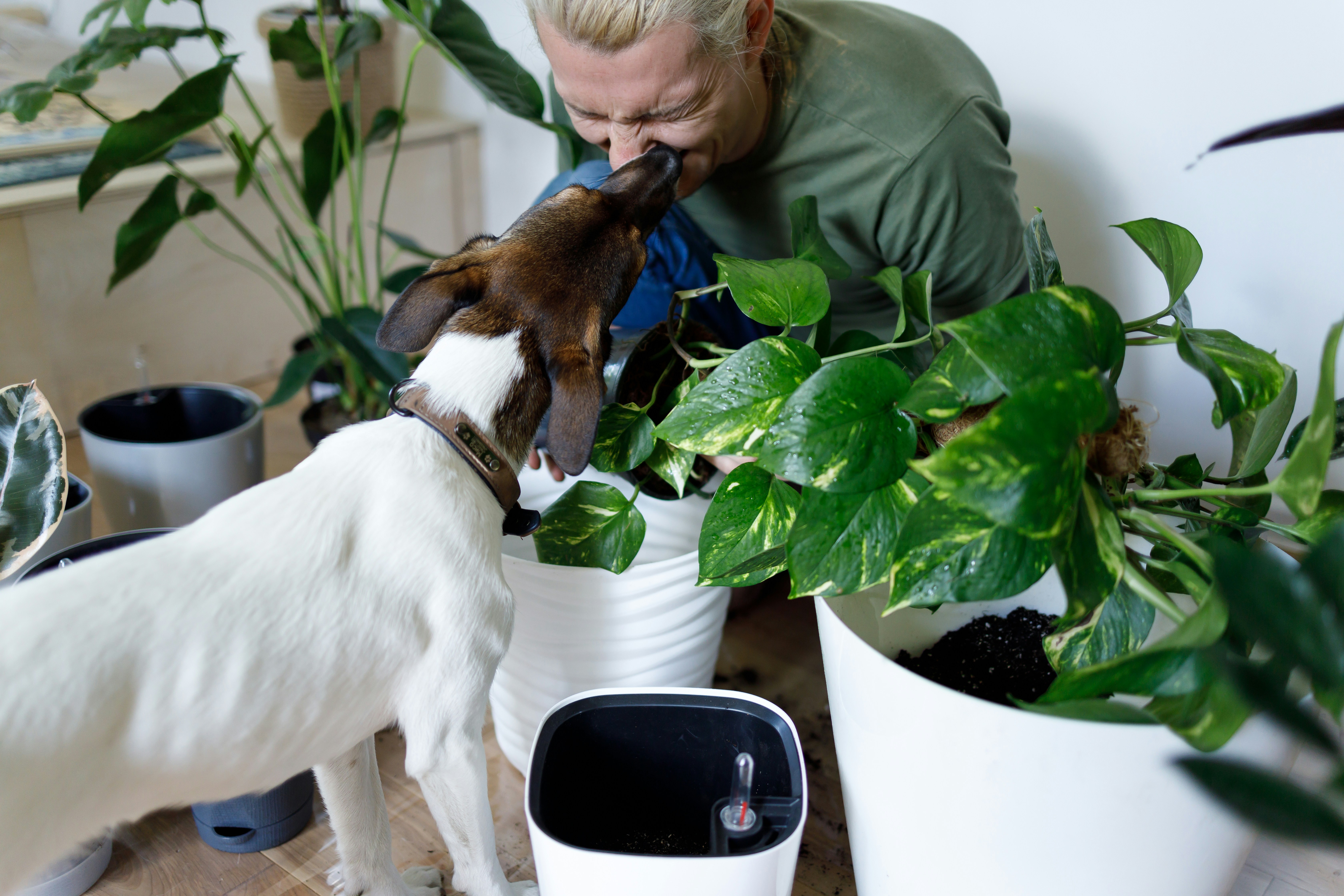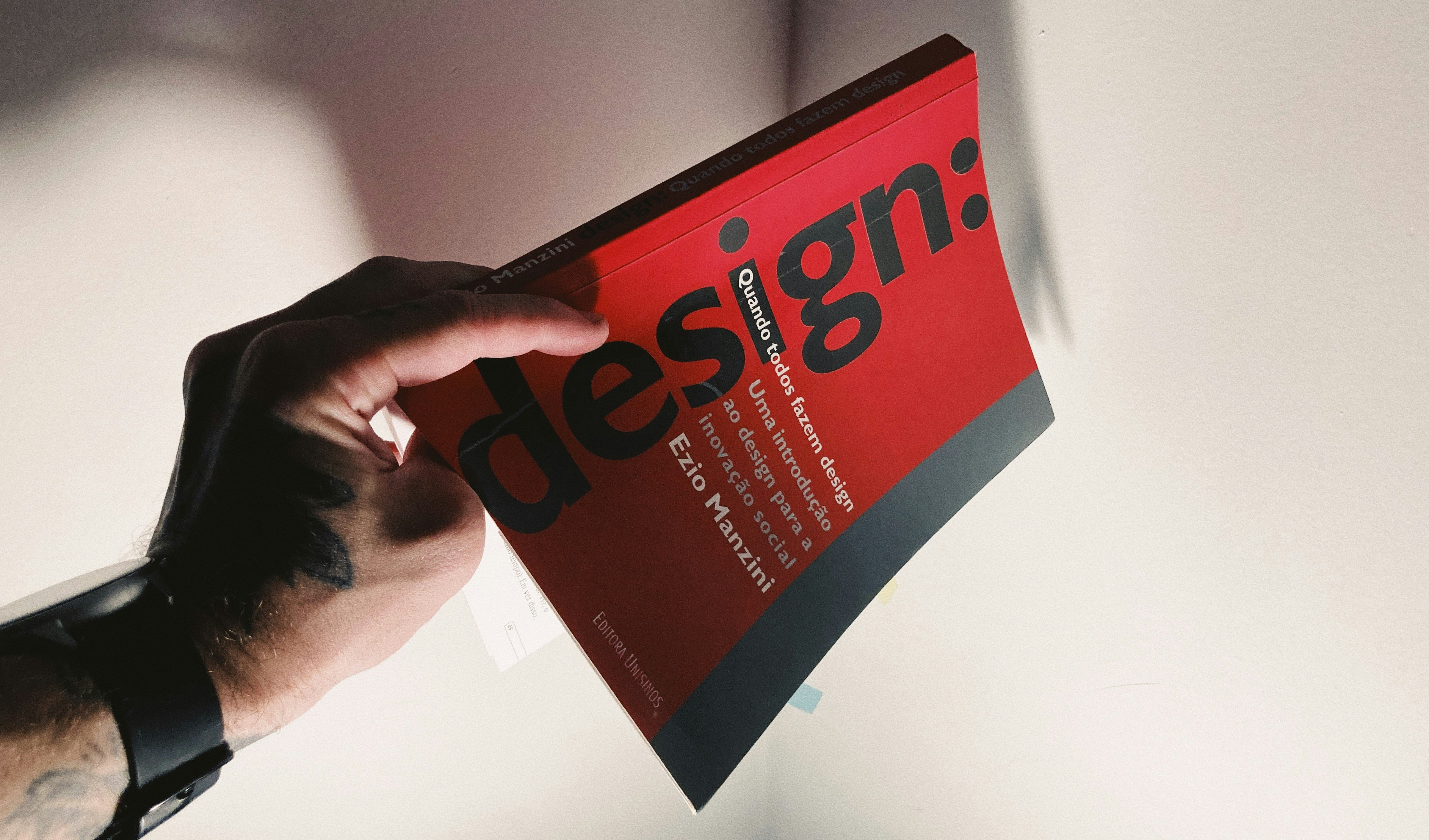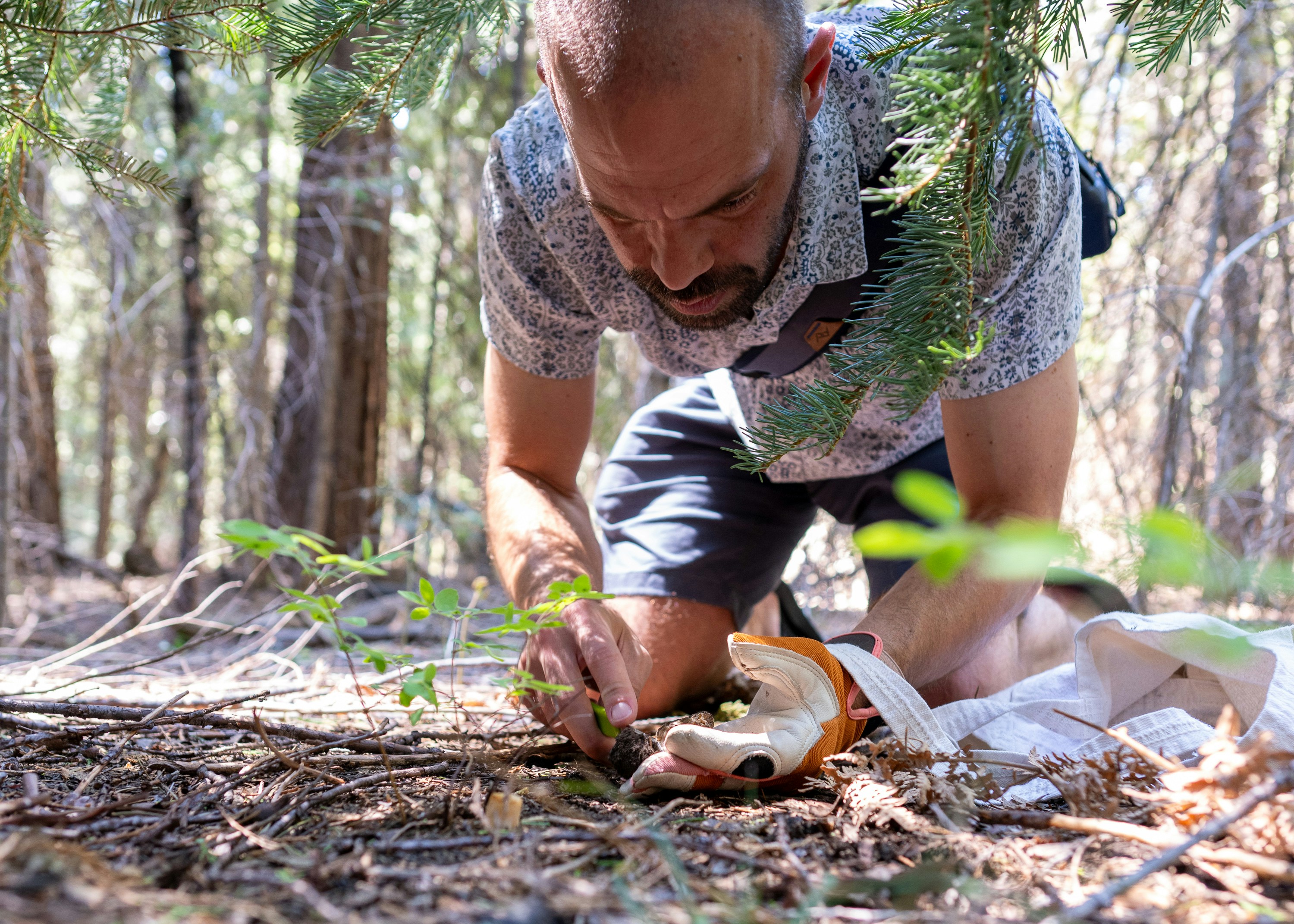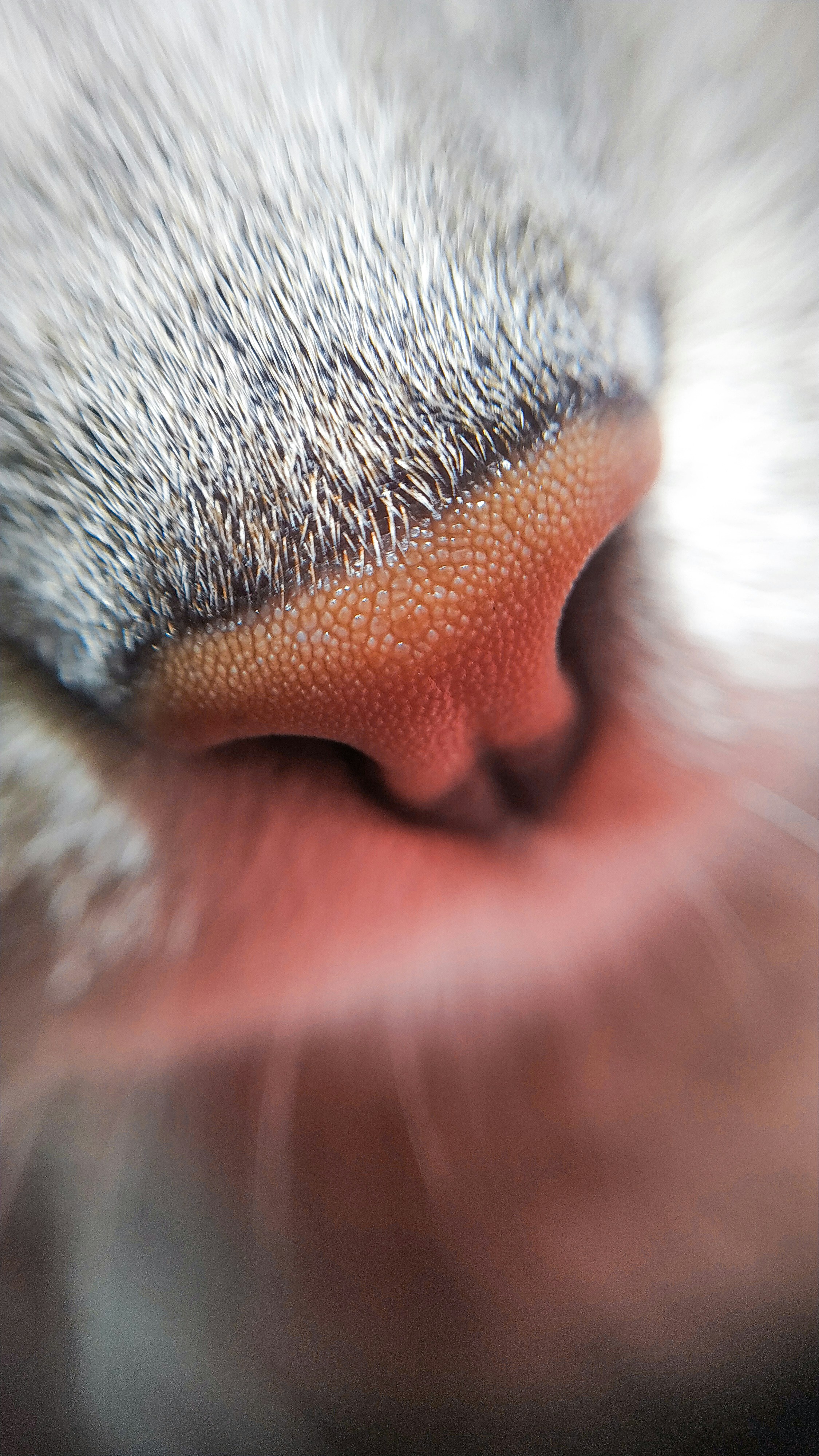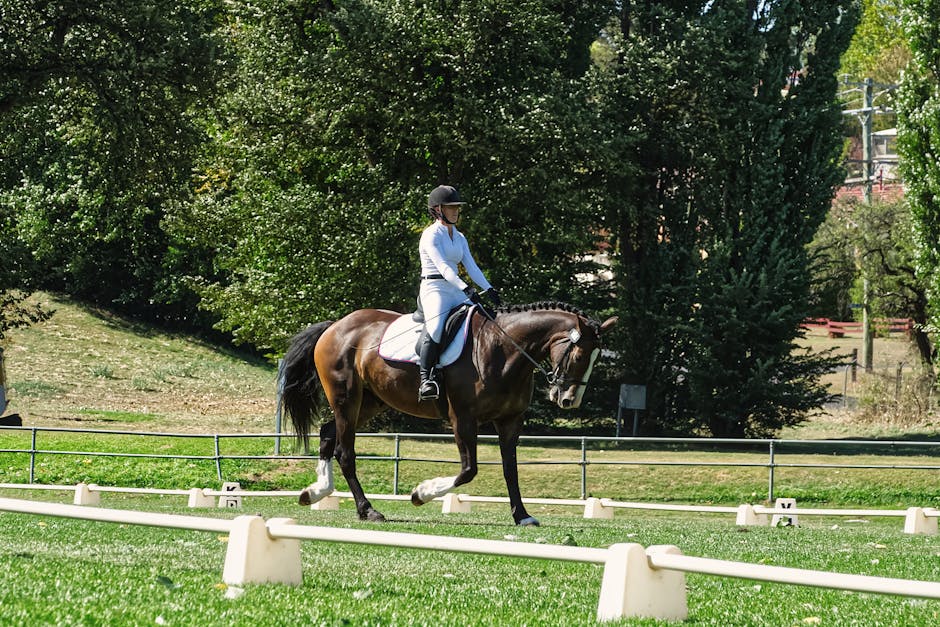Transform Your Pet's Space: Embrace Biophilic Design for Well-Being
Creating an environment that fosters well-being and nurtures the natural instincts of pets can be a game-changer in their overall health and happiness. By embracing the principles of biophilic design, you can transform your pet's space into a sanctuary that reflects their instincts while enhancing your bond. Let’s delve deeper into how these elements work together to create a nurturing home.
Understanding Biophilic Design
Biophilic design stems from the innate human desire to connect with nature. It emphasizes incorporating natural elements into our environment to promote well-being, reduce stress, and enhance creativity. When we apply these principles to pet care and training, we can create spaces that support our furry companions’ psychological and physical needs.
Why Is Biophilic Design Important for Pets?
Pets thrive in environments that mimic their natural habitats. Just like humans, animals experience stress, anxiety, and depression. The right design can alleviate these issues and promote a sense of calm and contentment. For instance, studies have demonstrated that access to natural light, greenery, and natural materials can greatly reduce stress levels in both pets and their owners (source).
Think about it: how does your pet react in a floral garden versus a sterile, windowless room? The former beckons exploration, stimulation, and relaxation. This connection to nature is not just beneficial—it's essential.
Essential Elements of Biophilic Design for Pets
Natural Light and Ventilation
Allowing natural light into your home not only illuminates your space but also regulates your pet’s circadian rhythms. Bright, open spaces encourage playful behavior and exploration. To achieve this, consider window placements that allow ample sunlight during the day. Pair this with proper ventilation, providing fresh air circulation that promotes a healthier living environment.
Incorporation of Plants
Incorporating pet-safe plants into your décor can significantly enhance your pet’s environment. Plants like spider plants, bromeliads, and Boston ferns are not only visually appealing but can also improve air quality. Furthermore, like the focus of our post on creating a sensory garden for pets, this integration sparks curiosity and provides mental stimulation.
Textures and Materials
The use of various textures can enrich your pet’s experience. Soft rugs, compressed grass for scratching posts, and natural wood structures can engage your pet's senses and instincts. Various materials also encourage different types of interactions—climbing, scratching, or cuddling—fulfilling numerous natural behaviors that pets display in the wild.
Sensory Features
Design spaces that engage your pet's senses. Elements like fountains for drinking, soft sounds from nature sound machines, or even a designated area for varied scents encourage exploration and comfort. In our article on the impact of nature sounds, we discuss how different sounds can influence your pet’s behavior.
Creating a Pet-Friendly Biophilic Space
Practical Tips for Implementation
-
Layout Planning: Organize your space in a way that allows your pet to freely explore without obstacles. Incorporate levels, paths, and safe zones that encourage play and relaxation alike.
-
Natural Furnishings: Opt for furniture made from natural materials. Wooden cat trees, wool pet beds, and organic cotton pet toys can create a warm, inviting atmosphere that pets will love.
-
Color Selection: Choose colors reminiscent of nature—soft greens, earthy browns, or even tranquil blues can create a calming effect for your pet.
Multi-Sensory Enrichment
Incorporate experiences that engage all senses. For instance, you might combine the principles of biophilic design with cognitive enrichment techniques, as highlighted in culinary collaborations. You could create herbal toys or encouraging scents in specific areas to enhance your deeply connected experiences.
Bonding Through Design
Designing an environment that reflects biophilic principles not only nurtures your pet’s instincts but reinforces the bond between you and your furry friend. When your pet feels secure and engaged, their behavior improves, creating opportunities for more meaningful interactions.
Training Through Nature-Based Solutions
Training your pet in a biophilic enriched environment can yield surprising results. When they feel calm and connected to nature, they might approach training with a clearer mind. For more insight on blending mindfulness with training, check out our post on mindfulness techniques for pets.
Engaging Activities
Make the most of your biophilic space with activities that cater to your pet's natural instincts. Create paths for agility training, sensory exploration areas, or even designated digging zones for dogs. Tailoring activities like this can lead to deeper bonds rooted in shared experiences.
Fostering Trust and Confidence
When pets feel secure in their environment, they are more likely to exhibit positive behaviors. The goal of creating a biophilic space is to cultivate an atmosphere that not only reflects their needs but aids in their emotional growth. With features that support relaxation, exploration, and play, your pets will develop trust and confidence in their surroundings.
By enhancing their environment through biophilic design, you can significantly improve your pet’s emotional health. Such spaces inspire curiosity and exploration, which are key components in creating a happy, fulfilled pet.
Next Steps: Elevate Your Pet’s Environment Today
Incorporating biophilic design into your pet’s environment doesn’t have to be overwhelming. Start with small adjustments, and watch how your pet interacts differently with their surroundings. Create calm zones with natural materials, introduce pets to nurturing elements like plants, or even incorporate natural scents that stimulate their senses.
You may also find inspiration in our guide on creating sensory environments tailored specifically for pets.
In the end, a biophilic space isn’t just about aesthetics; it’s about cultivating a sanctuary wherein your pet can truly thrive. Making these thoughtful changes benefits your pet’s well-being and strengthens the emotional bond you share.







